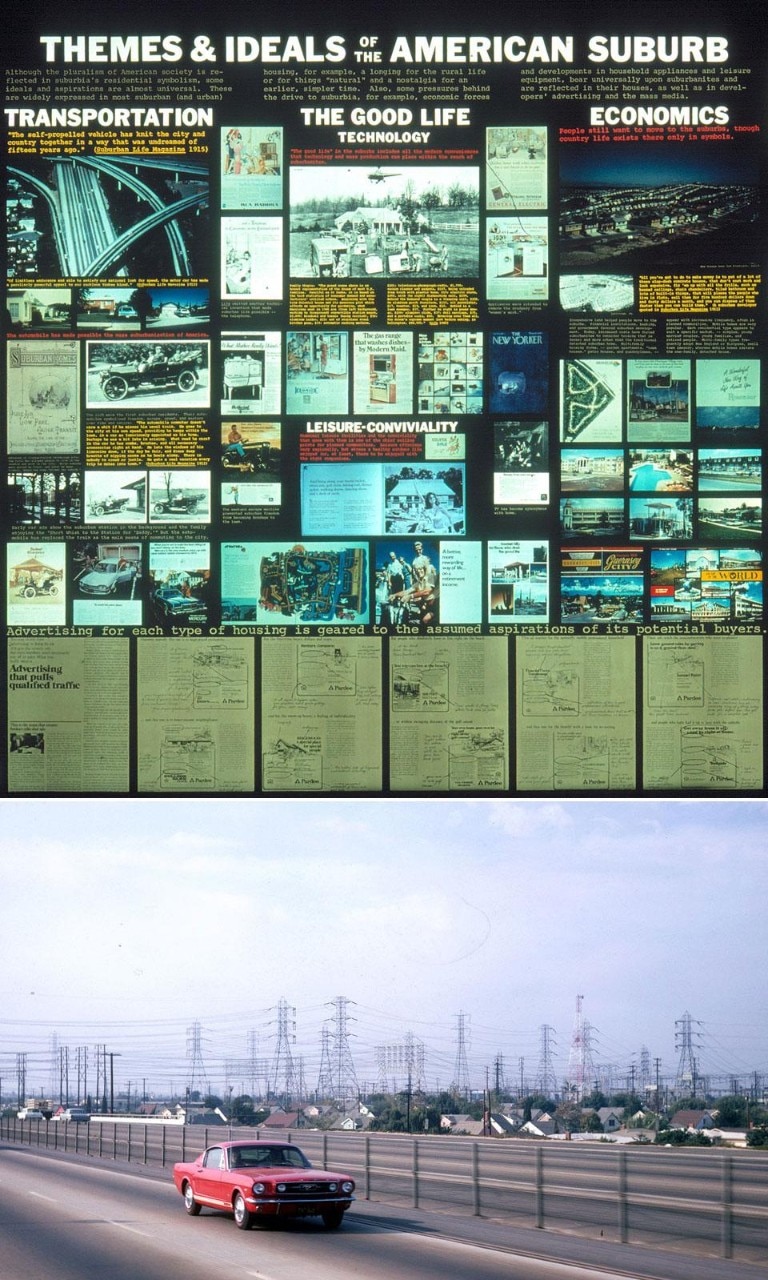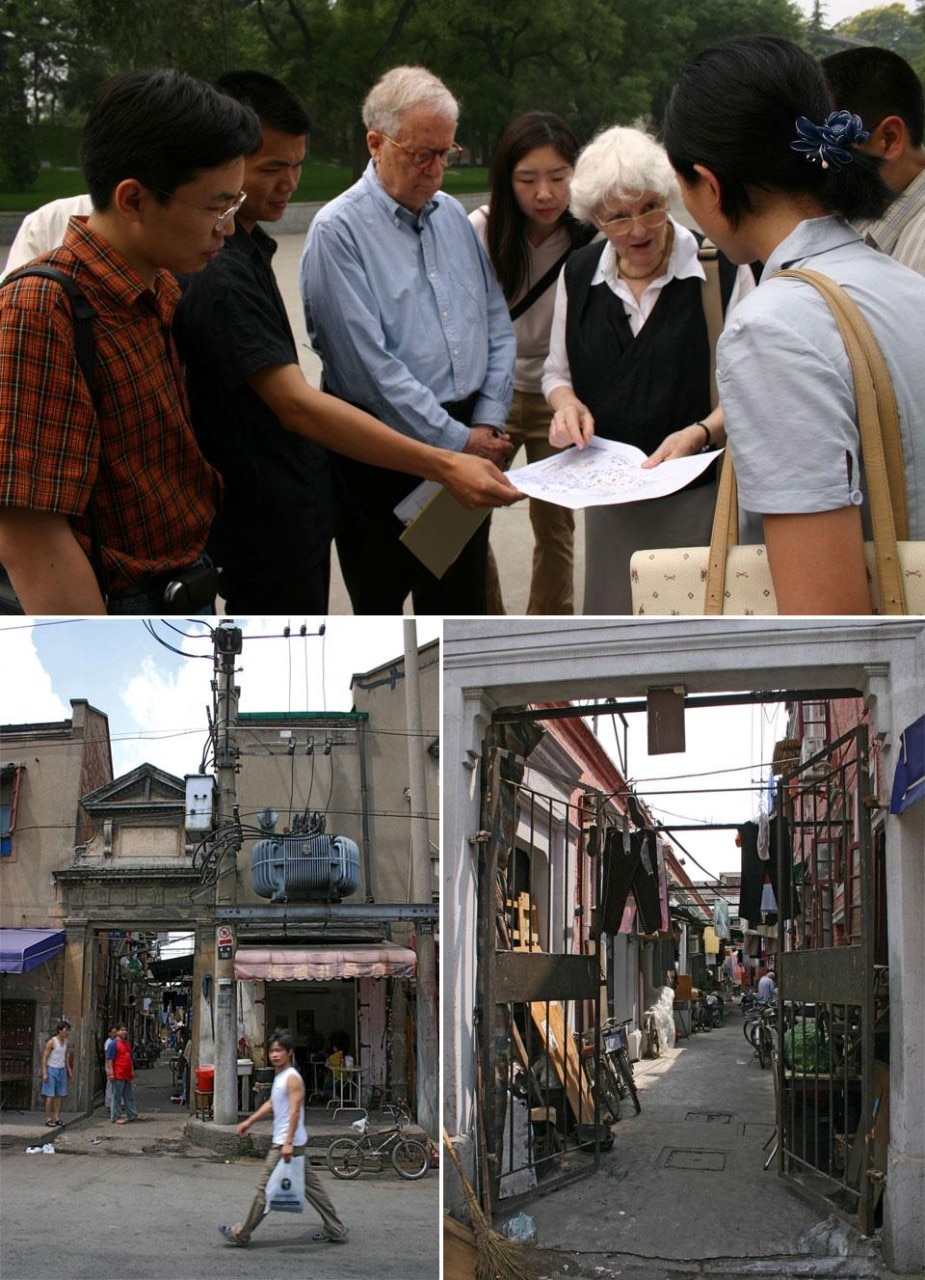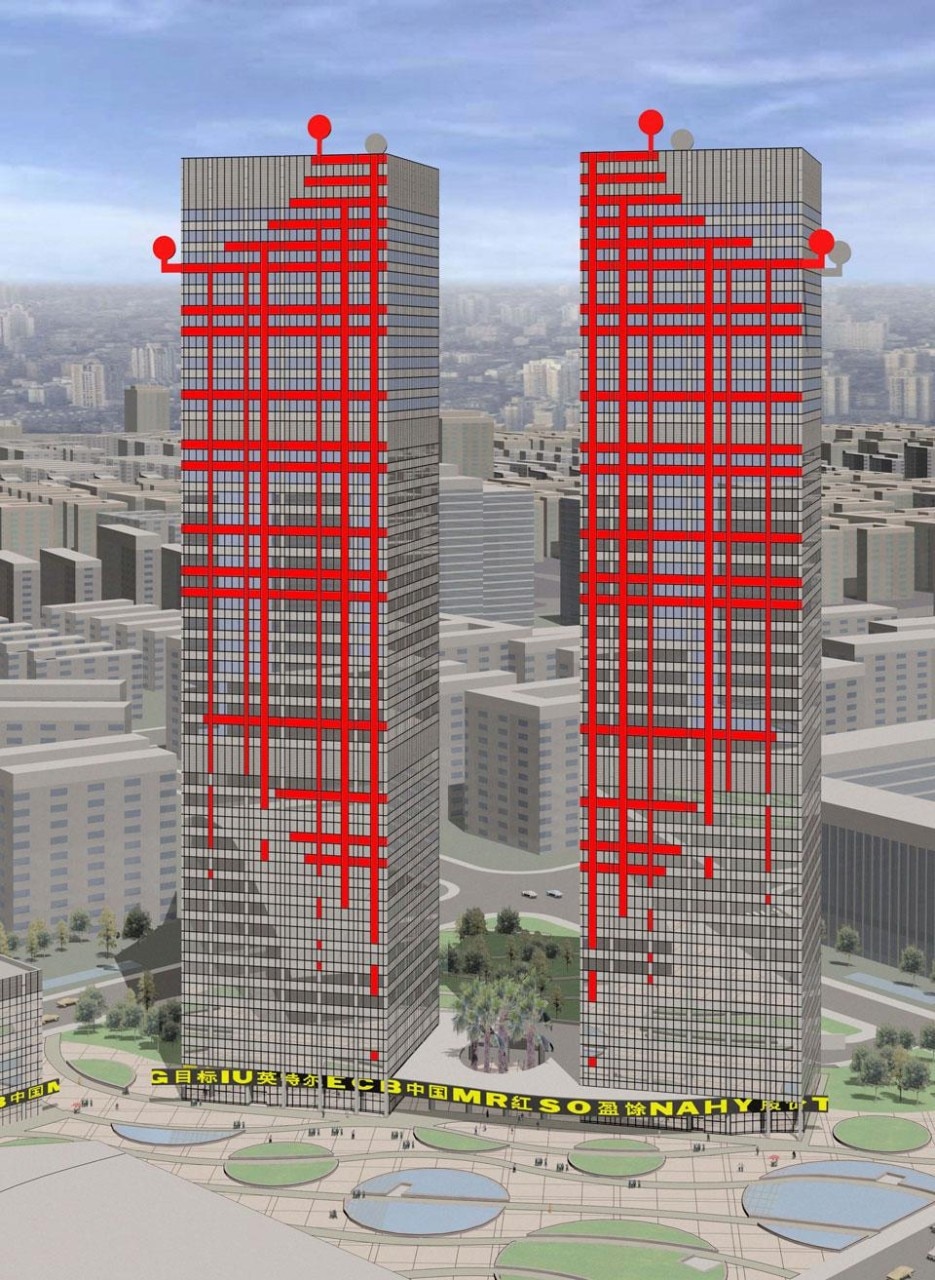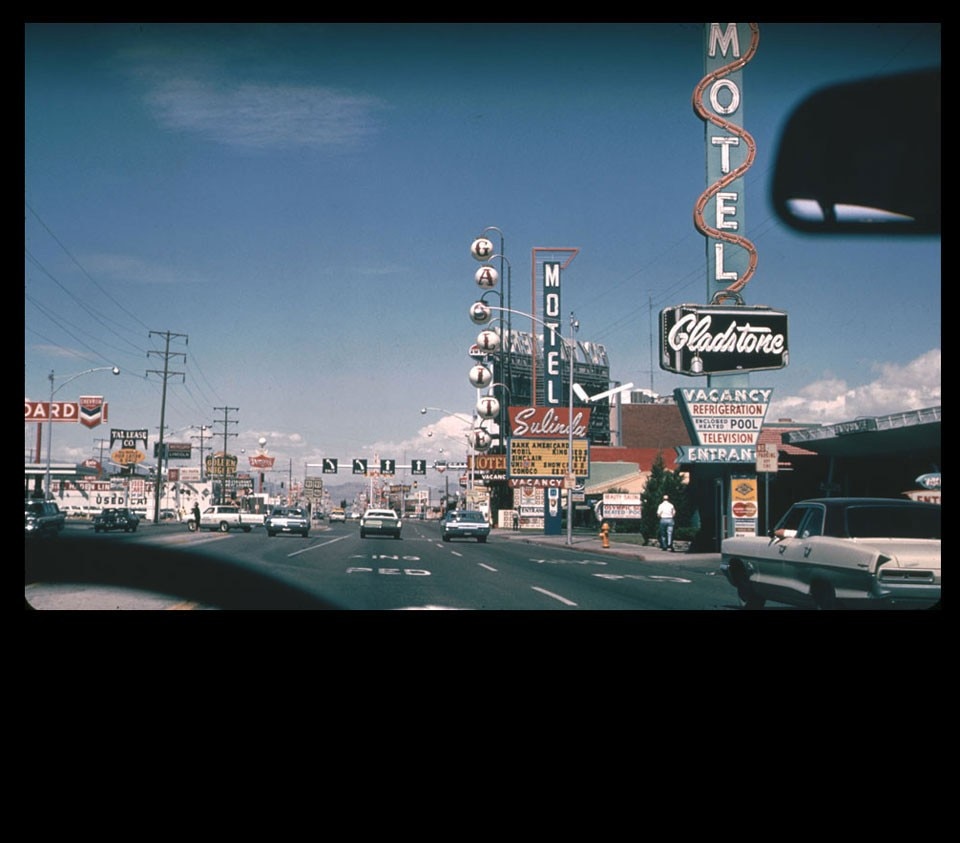Denise describes how growing-up in South Africa predisposed her to take an "African view of Las Vegas" and how study on three continents took her into urbanism and led her with, Robert Venturi, from Rome to Las Vegas and back to Rome, in search of an iconographic architecture of communication and an understanding of the automobile city. In the 1990s and 2000s when work brought them to Asia, Robert and Denise turned their research to Japanese and Chinese cities. Here she discusses their work in China and what they learned there, setting it within the context of their wider thought and lives.
This is the second of a four-part interview. Read part one here.
Brendan McGetrick: I guess that is the next chapter: your departure from South Africa and education in England.
Denise Scott Brown: In England the tension between "is and ought" was not to do with colonial culture and the mother country but with class — with working and lower-middle class life on the streets of the London East End and the middle class New Towns of the London Greenbelt, where East Enders were decanted at war's end. The clash concerned hardships the poor faced when separated from their families and interdependencies and made to live among middle class people who turn away from the street and lead their lives in their house and garden. In America I found people highly interested in these issues but they were social scientists in planning schools. Architects, for complex reasons, were not involved.
The relationship between architecture and the social sciences is interesting and rather lacking at the moment, I think. I'm curious to know what the dynamic was then.
Investigation of social-physical relationships goes back, I believe, to the 19th century, even before, but sociological documentation of life in the New Towns and Levittown had its origin perhaps in Margaret Mead's observation of the Samoans in 1928 [1]. In 1937, William Foote Whyte took "participant observation" to the streets of Boston [2] and Michael Young and Peter Willmott examined low-income communities of London's East End as they were being moved to the New Towns. [3] Herbert Gans, a little later, described the experience of low income people in Boston's West End, as urban renewal removed many of them from the area. [4]
Then Gans himself moved. He went as a participant observer to the new merchant-builder suburb of Levittown [5]. This horrified even his professors, who felt the proper focus of sociology was the city. But Gans, like Le Corbusier and my art teacher, said "Look around you. Look at where people are actually moving and how they live there." Architects, he felt, were arrogant about the tastes of people different from themselves. He asked, "Why don't you go where people actually go? Why not examine the cities of the American Southwest that you hate, the auto-dominated cities and their parking lots?" When I took his class in 1958 I had already started to do this in South Africa and England, observing aesthetic revolution going alongside and deriving urgency from social and political revolution.
.jpg.foto.rmedium.jpg)
We wanted for years to see Shanghai for its amazing cross-cultural history and urbanism, but when we got to China, we saw the drive for modernization in most cities we visited. Anthropologist of developing areas talk of the "demonstration effect": "You have it so we want it — whether it's good, useful, or affordable for us or not!" We saw some of that in China and with it went strange contrasts: at the Bund, on Shanghai's busy Nanjing Avenue, a rural person squatting on the sidewalk in the position that serves world wide for rural activities public and private — using a cell phone. Then there were the vast outcroppings of enormously high high-rise buildings. Knowing that they would not be seen as acceptable in American cities — particularly by families and suburbanites who want their plot of ground around them, I asked Chinese friends who could possibly be living there. But, of course, in China they are very popular. If you can get into a tall spike, a multi, multi story building, one amongst many, sitting cheek by jowel, looking out at each other across a densely packed city, that's the thing to do. And if Shanghai must demolish acres of lilongs to get them, then so be it. Developers, government and people apparently agree on this. It takes an IM Pei to ask, "Why don't you preserve what you have?"

It appeared that the patterns of "human removal" we'd seen fail in Europe and America were succeeding in Chinese cities. It was not my role to say, "You ought not do that!" but rather to try to understand why it was happening and to encourage preservation and maintenance of tradition to go along with change


There was no intimacy. There was only a hope, and the question of translating social forces onto the ground. When Peter and Alison Smithson discovered that problem and met resistance from sociologists whom they approached for help, they turned away from sociology and back to early Modern industrial romanticism. Thereafter their work became less interesting to me. But they abandoned the effort because they could not solve the problem of learning from sociologists. Economists may play Bach, physicians call for art exhibitions in their medical centres, and Paul Klee draw fantasy from mathematics, but sociologists seem to be super-defensive about art and to feel that artists and architects are solely and immorally concerned with aesthetics.
A sociologist, asked for information relevant to an architectural project, may reply, "My research will take a year. Before that I have nothing to tell you" — to which the architect replies "I must present my design to the client next month". So the Smithsons gave up. But we have argued with social scientists, saying "You can't have a year, any more that we can design a Ville Radieuse for the year 2050. Please put your feet into the murky waters of today and use your present experience to help us meet pressing need. We'll accept gratefully that your work will improve as you find more information, but don't stop the world before you get on".
The social-physical debate in America was enlightened by an economic discipline called Regional Science, which was, at that time, well-funded and tuned to urban research. Its theoretical diagrams "city physics" helped me to understand how patterns of urban activity and settlement form under the pressure of economic and social forces and using access provided by movement systems. These ideas offered a bridge between social and physical in urbanism, and eventually I used them in architecture too as an augmentation of the idea of functionalism. [7]
But to the beautiful gossamer of Regional Science Bob and I have added Mannerism, another bridge from program or brief to design because it suggests ways in which laws and systems can be broken in architecture and urbanism. People saw the Mannerists as spoiled-brat artists breaking the rules because they were bored with classicism, but we said, that a valid reason for breaking the laws of one system is to make it mesh with another. So the laws of land use and of transportation must be melded to meet each other and the laws of social arrangements must contort on occasion to conform to those of land and water management or you will get deaths by flooding.
This interview continues next week in part three of four.
Notes:
1. Margaret Mead, Coming of Age in Samoa: A Psychological Study of Primitive Youth for Western Civilisation, William Morrow & Company, 1828
2. William Foote Whyte, Street Corner Society: The Social Structure of an Italian Slum, University of Chicago Press, 1943
3. Michael Young and Peter Willmott, Family and Kinship in East London, Institute of Community Studies, 1957
4. Herbert J. Gans, Urban Villagers: Group and Class in the Life of Italian-Americans, The Free Press, 1962
5. Herbert J. Gans, The Levittowners: Ways of Life and Politics in a New Suburban Community, Vintage Books, 1967
6. in Shanghai Transforming by Iker Gil, Actar, 2008
7. ASSFMT op. cit. pp 120-174


